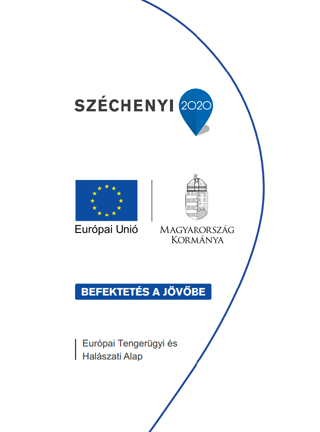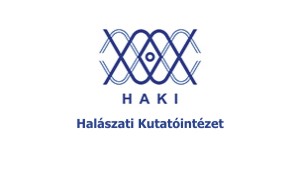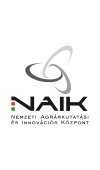
GENETIC CHARACTERIZATION OF HUNGARIAN CRUCIAN CARP POPULATIONS USING MICROSATELLITE MARKERS FOR GENETIC CONSERVATION - PRELIMINARY RESULTS
Al Fatle Fatema Ali1,2, Quynh Nguyen Thi2,3, Erika Edviné Meleg2, Tamás Molnár2,3, Balázs Kovács3, Dóra Kánainé S.3, István Lehoczky1,2
1Szent István University, Doctoral School of Biological Sciences, 2100 Gödöllő, Páter K. str. 1, Hungary
2Research Centre for Farm Animal Gene Conservation, 2100 Gödöllő, Isaszegi str. 200, Hungary
3Szent István University, Faculty of Agricultural and Environmental Sciences, 2100 Gödöllő, Páter K.str. 1, Hungary
Abstract
Crucian carp (Carassius carassius) is a native species of European waters. Nowadays there is a decline in the population sizes of this native fish due to the loss of habitat, degradation of spawning areas and the introduction of invasive alien fish species. To conserve the genetic values of the different populations it is necessary to know the genetic background of the species. The available knowledge is very limited. In order to be able to effectively conserve the species in Hungary
5 microsatellite markers were used to describe the genetic variability of Crucian carp populations collected from 3 different locations. The genetic variability found in the 3 populations was relatively low and the genetic differentiation among them was low/moderate. The genetic distances among the populations showed similar results and were low/moderate. The low genetic variability and genetic differentiation can be partly explained with the applied microsatellite markers, since these markers were developed to be used as diagnostic markers for the species and its hybrids with Gibel carp (Carassius gibelio) but their variability is low.
In the next phase of the research several other microsatellites with higher variability will be involved to describe the genetic variability of more Hungarian Crucian carp populations.
This research was financed and supported by VEKOP-2.3.2-16-2016-00012 project.
Keywords: Crucian Carp, Microsatellite markers, Genetic Variability, Conservation
Programajánló
Hírek
Tisztelt Látogatók!
A hazai agrár-felsőoktatás szükséges megújulásának mérföldköve az alapítványi fenntartású Magyar Agrár- és Élettudományi Egyetem (MATE) létrejötte, amely 2021. február 1-től 5 campuson, több mint 13 ezer hallgató számára fogja össze a dunántúli és közép-magyarországi élettudományi és kapcsolódó képzéseket. Az intézményhez csatlakozik a Nemzeti Agrárkutatási és Innovációs Központ (NAIK) 11 kutatóintézete is, így az új intézmény nem csupán egy oktatási intézmény lesz, hanem az ágazat szellemi, szakpolitikai és innovációs központjává válik, amely nagyobb mozgásteret biztosít a képzések, a gazdálkodás és szervezet modernizálásához, fejlesztéséhez. Az összeolvadással magasabb fokozatra kapcsolunk, a kutatói és egyetemi szféra szorosabban fonódik majd össze, aminek következtében még több érdekes, izgalmas kutatás-fejlesztés születhet majd az agrárium területén.
Kérjük, kövesse tevékenységünket a jövőben is a www.uni-mate.hu honlapon!
A szokásostól eltérően az idei évben ősszel, október 03-04 között került megrendezésre az Ultrabalaton csapatversenye. NAIK-os csapat az idei évben állt először rajthoz a 14. alkalommal kiírt versenyen.


